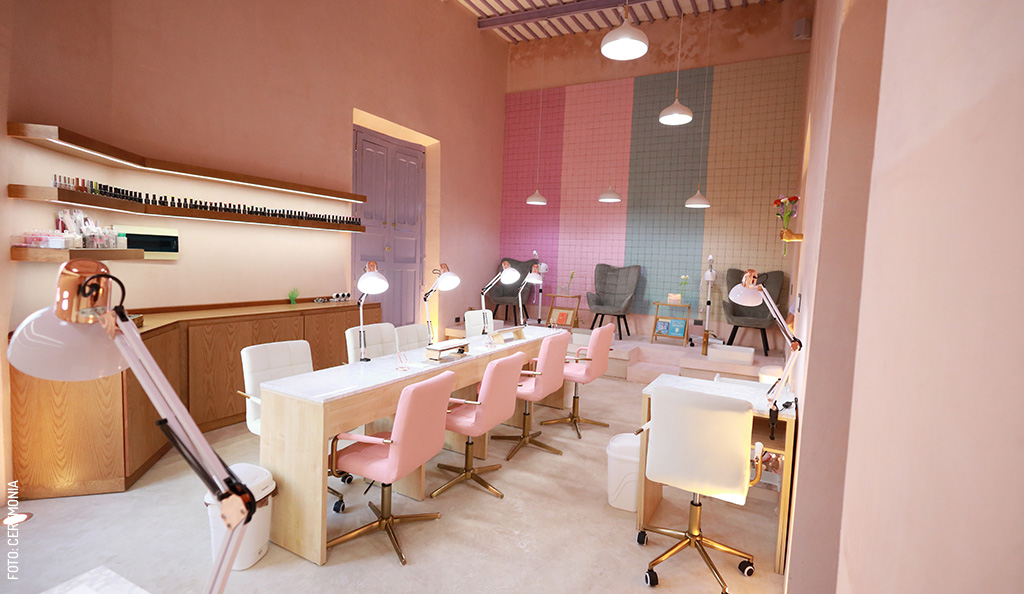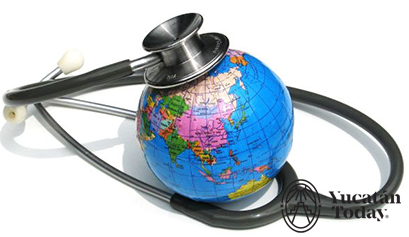 Medical tourism, the practice of travelling abroad to receive medical services, is a growing international industry. With rising health care costs in the US and Canada, increasing insurance premiums, reduced insurance coverage, long wait times for doctors and hospitals, and long adoption times for new operations because of legal liability concerns, more and more American and Canadian patients are looking for an alternative solution. Specifically, there are looking at México, and more and more, at Mérida.
Medical tourism, the practice of travelling abroad to receive medical services, is a growing international industry. With rising health care costs in the US and Canada, increasing insurance premiums, reduced insurance coverage, long wait times for doctors and hospitals, and long adoption times for new operations because of legal liability concerns, more and more American and Canadian patients are looking for an alternative solution. Specifically, there are looking at México, and more and more, at Mérida.Mérida is the healthcare capital of southeastern Mexico, with 5 major hospitals (Hospital Faro del Mayab, Star Médica, Clínica de Mérida, Centro de Especialidades Médicas del Sureste, Centro Médico Las Américas and Clínica de Altas Especialidades), and an outstanding selection of doctors, many with international training and experience.
The health care offered in Mérida is of the same or even better quality than in the US or Canada, but it comes at a lower price, with more personalized service, and access to operations and procedures not available in US or Canada or no wait times. Price savings are typically 40-60% of the US costs, including the travel and lodging costs in Mérida. Instead of paying USD $7,000 for 3 crowns, a trip to Merida including airfare, hotel, transport and the three crowns will cost USD $2,000. The bigger the procedure, the bigger the absolute savings – an artificial hip will cost $51,000 in the US, and the same hip and procedure will cost $12,000 in Merida. The doctors spend more time with the patients, including follow-up visits at home, if the operation merits this. Certain operations, e.g., jugular angioplasty for MS patients, are routine here, but virtually not performed in the US or Canada. The reason for the lower costs does not come from the use of lower quality equipment, medication or materials; the same ones as in the US are used here, be it the porcelain for the crowns, or the artificial knee. The differences come from the lower labor and real estate costs, and the lower insurance and operational costs due to the lack of frivolous lawsuits and multi-million dollar damage claims. Common medical procedures that medical tourists look for are in the fields of dentistry and orthodontics, plastic surgery, orthopedics, cardiology, angiology, urology, neurosurgery, ear-nose-throat operations, and gastrointestinal procedures. In 2009, 45,000 Americans spent $650 million in coming to Mexico for healthcare ($14,000 per person). This amount of medical tourists is expected to double in the next two years. An important additional benefit of coming to Mérida for medical treatment is the opportunity to do normal tourism in between the doctor and hospital visits - colonial Mérida and Izamal, the Maya cities of Chichén Itzá and Uxmal, the beaches at Progreso and Celestún, and the cenotes. Mérida is in an excellent place to enjoy your recuperation.
Recommended reading:
Medical Tourism: Star Médica is prepared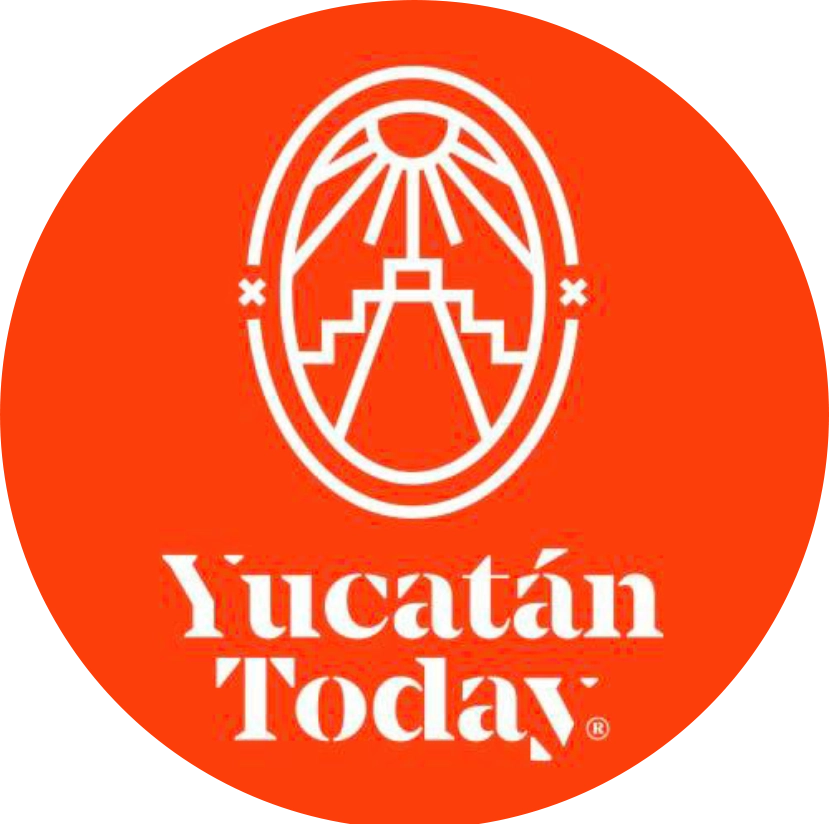
Author: Yucatán Today
Yucatán Today, la compañera del viajero, es un medio bilingüe de información turística sobre destinos, cultura, gastronomía y el qué hacer en Yucatán con 38 años de trayectoria.
¡Receive the latest articles and much more from the best of Yucatán in your email!
Related articles
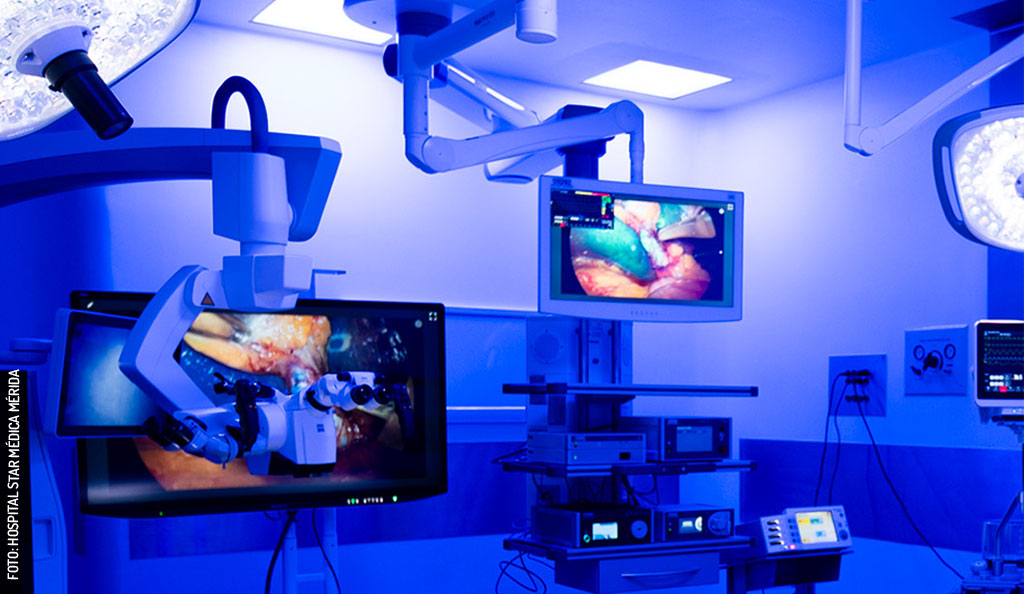
Star Médica Mérida Upgrades with Cutting-Edge Operating Rooms
Star Médica Mérida unveils smart operating rooms with 4K technology for maximum precision. Patient safety and recovery benefits.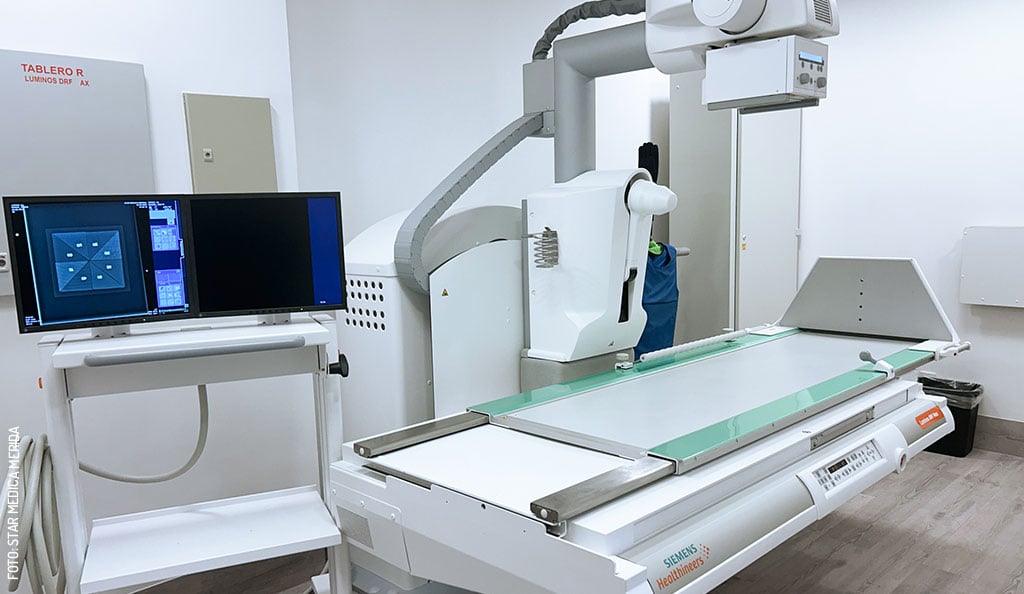
Star Médica Mérida Strengthens Its Commitment to Excellence With the...
Star Médica Mérida: Medical excellence with Siemens Luminos dRF Max. Advanced fluoroscopy for precise diagnoses and reduced radiation. Cutting-edge...